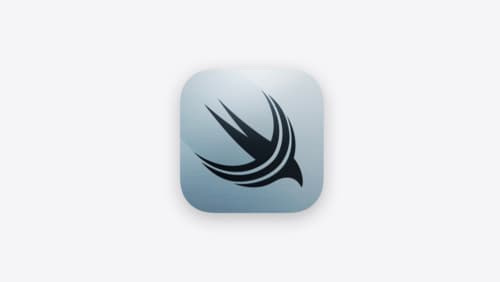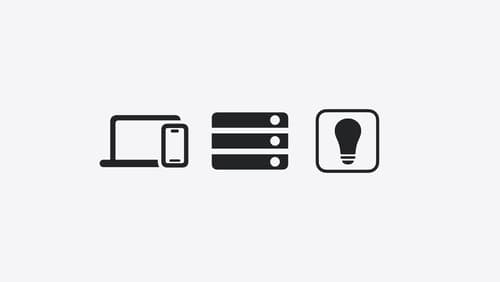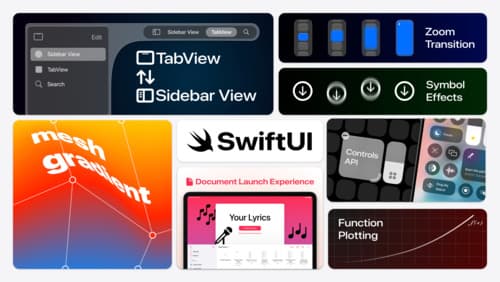How to use swift charts
Asked on 2025-03-06
1 search
To use Swift Charts, particularly for creating vectorized and function plots, you can follow these steps:
-
Function Plots: Swift Charts allows you to plot mathematical functions using the new line plot and area plot APIs. You can visualize a single function or the area between two functions. For example, you can plot a normal distribution curve by defining a function that calculates the points on the curve and using the line plot API to render it. You can customize the appearance of your plots using modifiers, similar to SwiftUI.
-
Advanced Function Plots: You can create more advanced plots by visualizing the area between two functions or plotting parametric functions where x and y are defined in terms of a third variable. Swift Charts automatically infers the domain by sampling the function, but you can customize the x and y scales to focus on specific parts of the function.
-
Vectorized Plots: These are useful for larger datasets where the entire plot is customized with the same modifiers and properties. You can use the mark API for fewer data points that require individual customization. Vectorized plots can be more efficient by grouping data by style and avoiding unnecessary computations during rendering.
-
Best Practices: When using vectorized plots, you can improve performance by using stored properties instead of computed properties, specifying known styles and bounds, and skipping unnoticeable style customizations for large datasets.
For more detailed guidance, you can refer to the session Swift Charts: Vectorized and function plots (00:01:01) which covers function plots, and Swift Charts: Vectorized and function plots (00:06:48) for vectorized plots.

What’s new in SwiftData
SwiftData makes it easy to add persistence to your app with its expressive, declarative API. Learn about refinements to SwiftData, including compound uniqueness constraints, faster queries with #Index, queries in Xcode previews, and rich predicate expressions. Join us to explore how you can use all of these features to express richer models and improve performance in your app. To discover how to build a custom data store or use the history API in SwiftData, watch “Create a custom data store with SwiftData” and “Track model changes with SwiftData history”.

A Swift Tour: Explore Swift’s features and design
Learn the essential features and design philosophy of the Swift programming language. We’ll explore how to model data, handle errors, use protocols, write concurrent code, and more while building up a Swift package that has a library, an HTTP server, and a command line client. Whether you’re just beginning your Swift journey or have been with us from the start, this talk will help you get the most out of the language.

What’s new in SwiftUI
Learn how you can use SwiftUI to build great apps for any Apple platform. Explore a fresh new look and feel for tabs and documents on iPadOS. Improve your window management with new windowing APIs, and gain more control over immersive spaces and volumes in your visionOS apps. We’ll also take you through other exciting refinements that help you make expressive charts, customize and layout text, and so much more.
